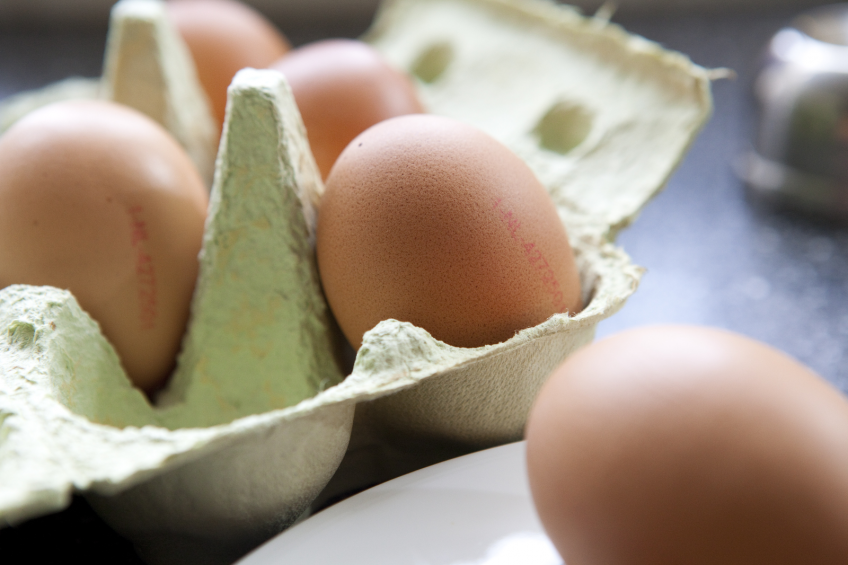EFSA: Bacillus subtilis safe for layer chicken diets

The bacteria strain Bacillus subtilis can be used safely as a feed additive for layers. It also showed some evidence of a beneficial effect on egg production. This was concluded by the Panel on Additives and Products or Substances used in Animal Feed (FEEDAP), part of the European food safety authority EFSA.
The panel was asked by the European Commission to deliver a scientific opinion on the safety and efficacy of the product Bacillus subtilis PB6 as feed additive for laying hens and minor poultry species for laying. Bacillus subtilis PB6 is the trade name for a feed additive based on viable spores of a strain of Bacillus subtilis. The product is intended for use in feed for laying hens and minor poultry species for laying at a dose of 1 × 108 CFU/kg complete feedstuffs.
Safe for animal, human and environment
B. subtilis is considered by EFSA to be suitable for the qualified presumption of safety (QPS) approach to establishing safety for the target species, consumers and the environment. This approach requires the identity of the active agent to be established and the absence of toxigenic potential and susceptibility to a selected range of antibiotics to be demonstrated. No evidence of a toxigenic potential or resistance to antibiotics of human and veterinary importance was found as judged by the current guidelines. Consequently, the strain of B. subtilis in the additive is presumed safe for target animals, consumers and the environment. This conclusion covers the use of the additive in feed for laying hens and minor poultry species for laying. Use of the additive in feed for laying hens and minor poultry species will not introduce hazards for users not already considered.
Benefits for egg production
All four trials made with laying hens showed some evidence of a beneficial effect of the additive on egg production when used at a minimum dose of 1 × 108 CFU/kg complete feed, by increasing laying rate or average egg weight. The FEEDAP Panel concludes that Bacillus subtilis PB6 shows some potential to be efficacious in laying hens. This conclusion on efficacy for laying hens can be extended to minor poultry species raised for laying when the additive is used at the same minimum dose.













